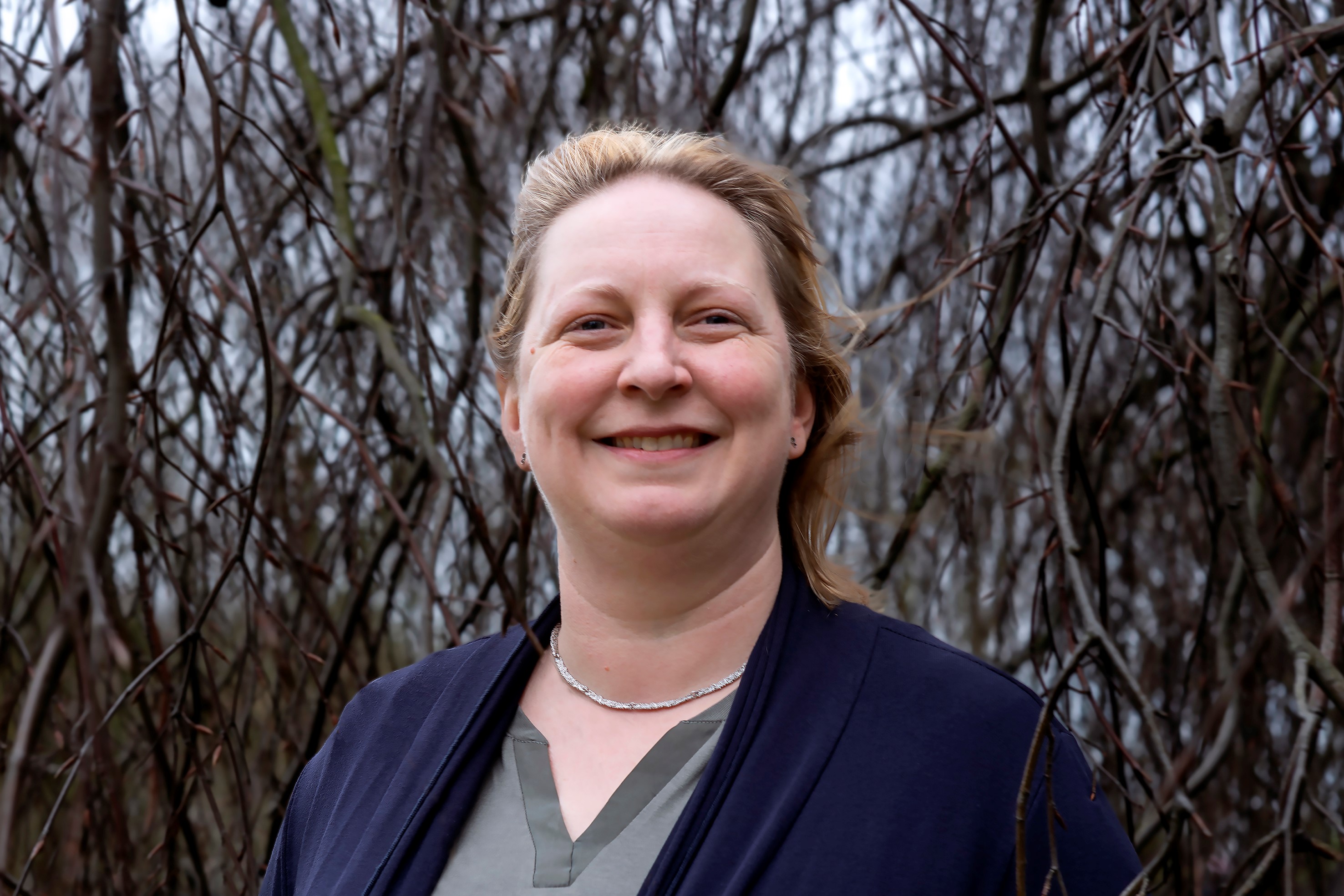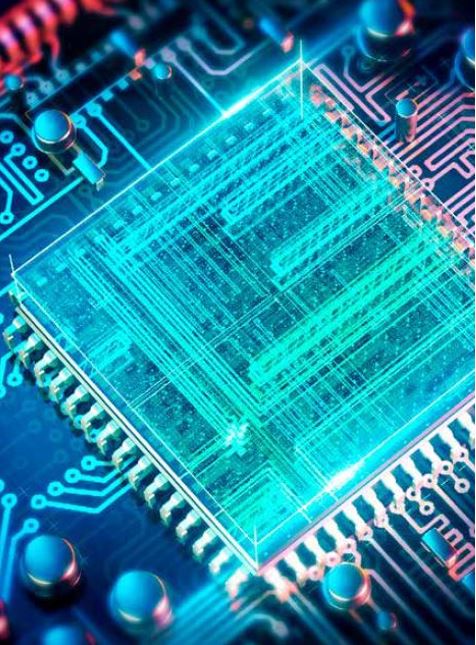Onderzoekers en studenten van Maastricht Science Progamme ontwikkelen nieuwe methode voor bacteriële-detectie.
Researchers of Maastricht Science Progamme published an article in ACS Infectious Diseases last week concerning the development of a novel low-cost bacterial identification assay. The research team introduced the concept in an earlier publication in ACS Sensors in August last year and have further optimized their sensor, making It possible to distinguish between eight different bacterial species. Moreover, the researchers successfully demonstrated quantifiable bacterial detection in urine.
The most striking feature of the newly developed technology lies in its user-friendly, fast and low-cost nature, opening the possibility of transforming the biosensor into a handheld application for point-of-care bacterial detection. Portable bacterial assays could be used for a wide range of applications, including the prevention of hospital-acquired infections (HAIs), infection diagnosis or the detection of pathogens in food and drinking water.

Maastricht Science Programme
Abstract
Sensor chips are created by coating aluminum with a synthetic cell receptor layer based on polyurethane. These, so-called surface imprinted polymers (SIPs) are able to selectively rebind the bacteria under study. Bacterial rebinding to the recognition layer was analyzed using a novel thermal sensing approach, coined thermal wave transport analysis. This readout method sends a thermal wave through the bottom of the chip and analyses the transmitted thermal wave at the top side of the chip. The results presented in this paper illustrate that bacterial rebinding to the surface of the chip will result in a phase shift in the transmitted wave. In this way the sensor is able to detect bacteria in a selective manner in concentrations as low as 10,000 cells/mL in buffer. In addition, the sensor was tested in a complex matrix. To this extent, urine samples were spiked with increasing concentrations of E. coli which the sensor could faithfully detect in concentrations down to 30,000 cells/mL.

These findings were published in ACS Infectious Diseases which further confirms the potential of the methodology for application in infectious disease diagnosis, prevention and handling. Although, the sensitivity of the device is still somewhat limited, the fact that you could selectively detect bacteria using a setup consisting of two thermocouples, a heating source and a simple temperature-control unit is very promising in terms of future applications. Additionally, a unique aspect of the presented research is the collaboration between senior researchers, PhD students and bachelor students that performed the work as part of their thesis.
About Maastricht Science Programme
The Maastricht Science Programme is a Liberal Arts & Sciences programme of Maastricht University, offering a broad range of courses in the natural sciences. Courses are offered in the fields of biology, chemistry, mathematics, physics, entrepreneurship, neuroscience, biomedical engineering and various other interdisciplinary fields. Throughout their studies, all students are provided with intensive guidance from their Academic Advisor (their mentor) in order to create the curriculum that perfectly fits their future perspective.
The Maastricht Science Programme emphasizes new ways of learning. Small-scale education and close interaction with staff and students are keywords. Through Problem- and Research-Based Learning (PBL & RBL) you are encouraged to explore the material yourself and to apply it to real cases.

Relevant links
Website Maastricht Science Programme
Maastricht Science Programme
Lees ook
-
De Universiteit Maastricht ontving subsidies voor drie van de tien onderzoeksprojecten die van start gaan in het Nationaal Groeifondsprogramma Circular Plastics NL.
-
“Ik ben er trots op dat onze nieuwe groep Circular Plastics het eerste volledig eigen onderzoek publiceerde”, zegt Kim Ragaert. Drie jaar geleden, bij haar start in Maastricht, zette ze de onderzoeksgroep op. Inmiddels staat ze aan de basis van menige innovatie op het gebied van plasticrecycling en...
-
Het programmeren van kwantumcomputers staat, net als de kwantumcomputer zelf, nog in de kinderschoenen. Onderzoekers die aan quantum computing werken, zijn vaak natuurkundige, wiskundige of computerwetenschappers met een zwak voor de wiskunde van de kwantummechanica.


